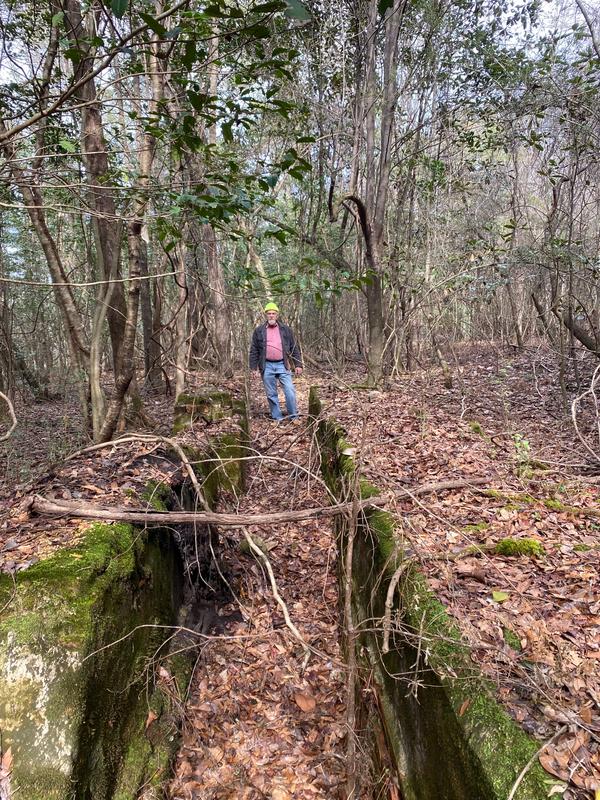Solar Farms Banned!
In recent news, some solar farm projects have been rejected for environmental reasons! Bear with me a while. In 1815, William McVoy petitioned the Spanish governor for a grant of land at Chinmele. The grant was first denied because that area was listed as Indian lands. McVoy’s countered, “What Indians?” The Indians had seen the […]
Solar Farms Banned! Read More »

